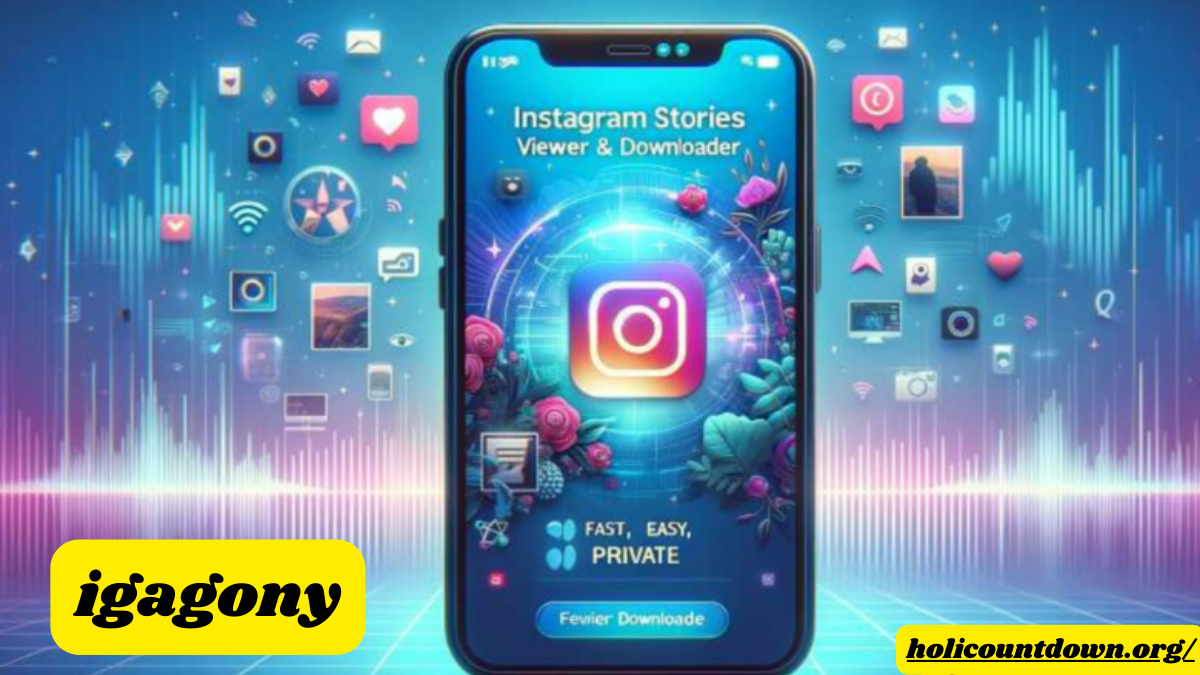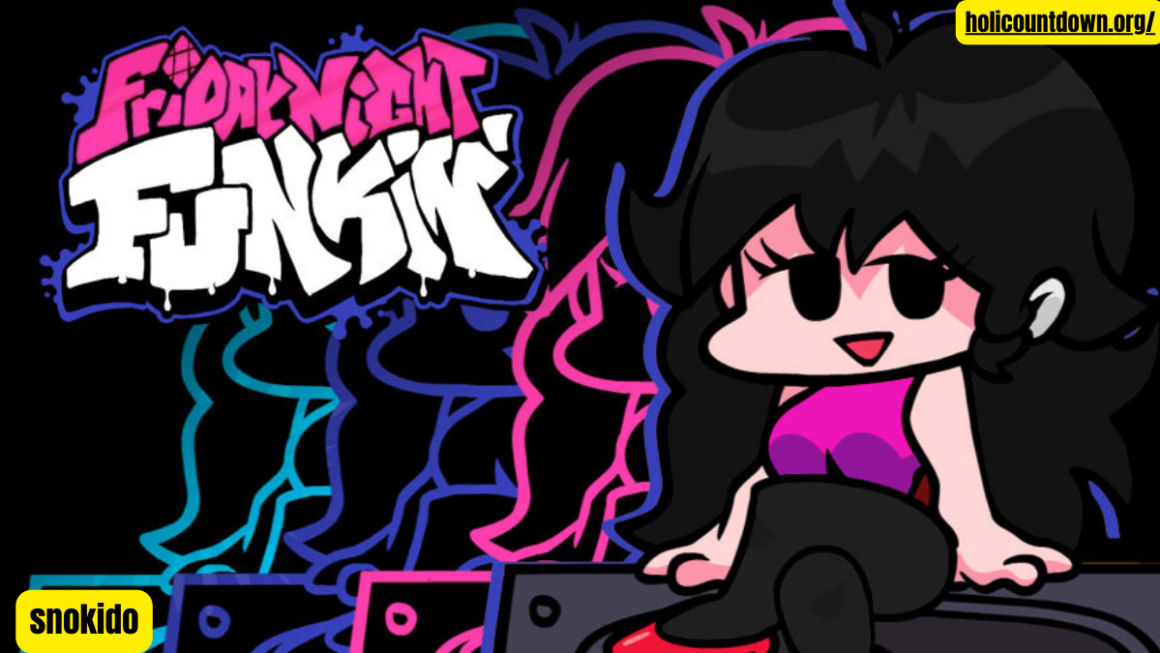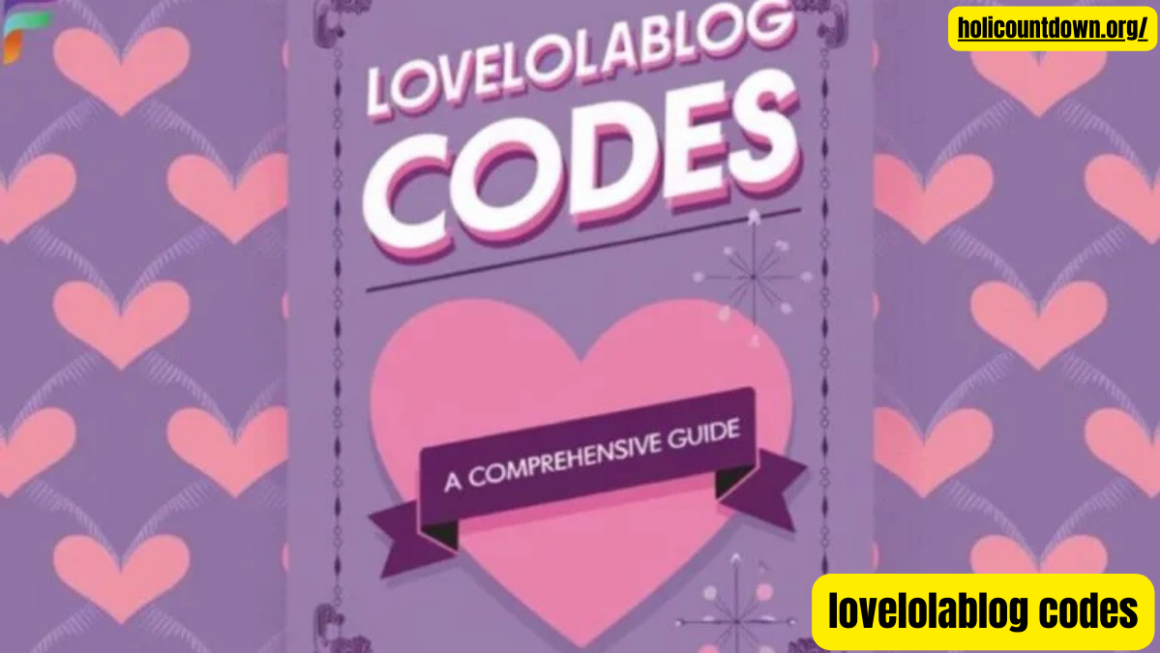When we encounter a term like “igagony,” its uniqueness and intrigue demand attention. But what exactly is “igagony,” and why does it hold such fascination? In this article, we’ll delve deep into its meaning, explore potential applications, and discuss how this concept can resonate with us on a broader level. Whether “igagony” is a term you’ve stumbled upon in a casual conversation or a topic you’re deeply interested in, this guide will ensure you leave with a thorough understanding.
What Does “Igagony” Mean?
“Igagony” is not a term commonly found in mainstream language, but its layered complexity makes it worth exploring. Whether it refers to a feeling, a state of mind, or a cultural phenomenon, understanding its origins can give us better insight into its significance.
Possible Interpretations of “Igagony”
The word “igagony” might evoke thoughts of agony, given the suffix similarity. However, it’s not necessarily about pain. It could signify a unique blend of emotional intensity — a bittersweet experience, a transformative moment, or even a paradoxical state of being. For instance, if we imagine “igagony” as a term that describes the feeling of overwhelming yet purposeful struggle, its meaning becomes both profound and relatable.
Origins of the Term

The origins of “igagony” are somewhat ambiguous. It’s possible that it’s a modern coinage, derived from blending other words or evolving organically within specific communities. Perhaps it’s born from social media culture, niche art movements, or philosophical discourse. Regardless of its roots, what matters most is how it’s understood and applied today.
Comparing “Igagony” to Familiar Concepts
One way to understand “igagony” is by comparing it to similar concepts. Words like “melancholy,” “nostalgia,” or “sublime” share certain overlaps. These terms convey complex emotional states that defy easy categorization. “Igagony” might share this duality: an emotion or state that combines opposing forces, such as joy and sorrow or beauty and pain.
“Igagony” in Everyday Life
Emotional Contexts
Imagine moments of deep emotional impact: bidding farewell to a dear friend, achieving a hard-fought personal goal, or reminiscing about a cherished memory. Such instances often involve mixed emotions — happiness intertwined with sadness. Could these moments be described as “igagony”?
This interpretation paints “igagony” as an acknowledgment of life’s emotional intricacies. It’s a term that reminds us of the depth and texture of human experience. Embracing such a perspective can help us appreciate the richness of life’s highs and lows.
“Igagony” in Personal Growth
Personal growth often involves discomfort. Whether you’re pursuing a career milestone, embarking on a fitness journey, or navigating a challenging relationship, the road to progress is rarely smooth. Yet, in these struggles, there’s beauty. This is another area where “igagony” might apply — the beauty of persistence amidst hardship.
Creative Endeavors and “Igagony”
Artists and creators frequently encounter “igagony.” The creative process can be both exhilarating and frustrating. Struggling to bring an idea to life, facing self-doubt, and wrestling with perfectionism are all part of the journey. Yet, these challenges often lead to profound satisfaction and personal fulfillment. Could “igagony” describe this dual-edged experience?
Cultural and Societal Implications of “Igagony”
“Igagony” as a Cultural Phenomenon
In a rapidly changing world, many cultural phenomena can evoke feelings of “igagony.” Consider the simultaneous excitement and anxiety surrounding technological advancements. While innovations like AI and blockchain offer immense potential, they also raise ethical questions and societal concerns.
Similarly, global events often bring mixed emotions. Social movements, environmental challenges, and political changes create a blend of hope and despair. “Igagony” might serve as a lens through which we interpret these complexities.
The Role of Social Media
Social media has amplified experiences of “igagony.” Platforms like Instagram and Twitter often present curated highlights of people’s lives, leading to feelings of inspiration and inadequacy simultaneously. The paradox of connection and disconnection in the digital age aligns closely with the dual nature of “igagony.”
Modern Storytelling and “Igagony”
Movies, books, and TV shows often thrive on narratives that embody “igagony.” Stories with bittersweet endings, morally complex characters, or thought-provoking dilemmas resonate deeply with audiences. They mirror the intricacies of real life and the emotional layers of “igagony.”
The Philosophy of “Igagony”
Existential Perspectives
From an existential standpoint, “igagony” aligns with the human condition. Life is inherently paradoxical — we seek meaning in a world that doesn’t offer it readily. Philosophers like Kierkegaard and Camus explored similar themes, emphasizing the importance of embracing life’s absurdity and contradictions.
“Igagony” could be a modern expression of these ideas. It encapsulates the struggle to find purpose and the beauty of living authentically amidst uncertainty.
Mindfulness and “Igagony”
Mindfulness practices teach us to embrace the present moment, even when it’s uncomfortable. In this sense, “igagony” could serve as a reminder to fully experience life’s emotional spectrum. By accepting both joy and sorrow, we cultivate resilience and a deeper appreciation for life’s richness.
How to Embrace “Igagony”
Recognizing “Igagony” in Your Life
Start by identifying moments of “igagony” in your daily experiences. Reflect on situations where you’ve felt conflicting emotions. Journaling, meditation, or simply taking time to pause and observe can help you connect with these moments.
Learning from “Igagony”
Once you recognize “igagony,” consider what it teaches you. Perhaps it reveals your values, priorities, or hidden strengths. Viewing “igagony” as a source of insight can transform challenges into opportunities for growth.
Using “Igagony” as Motivation
Rather than avoiding discomfort, use “igagony” as fuel for personal and creative pursuits. Acknowledge the struggle, but focus on the potential rewards. This mindset can empower you to tackle obstacles with courage and optimism.
Conclusion: The Beauty of “Igagony”
In a world that often seeks simplicity, “igagony” reminds us of life’s inherent complexity. It’s a term that invites us to embrace paradoxes, appreciate struggles, and find beauty in imperfection. Whether in personal growth, cultural phenomena, or philosophical musings, “igagony” offers a unique perspective on the human experience.
By understanding and embracing “igagony,” we unlock a richer, more nuanced way of seeing the world. It’s not about avoiding challenges or seeking perfection but finding meaning in the interplay of emotions and experiences. So, the next time you encounter a moment that feels bittersweet or paradoxical, remember — it might just be “igagony” in action.



